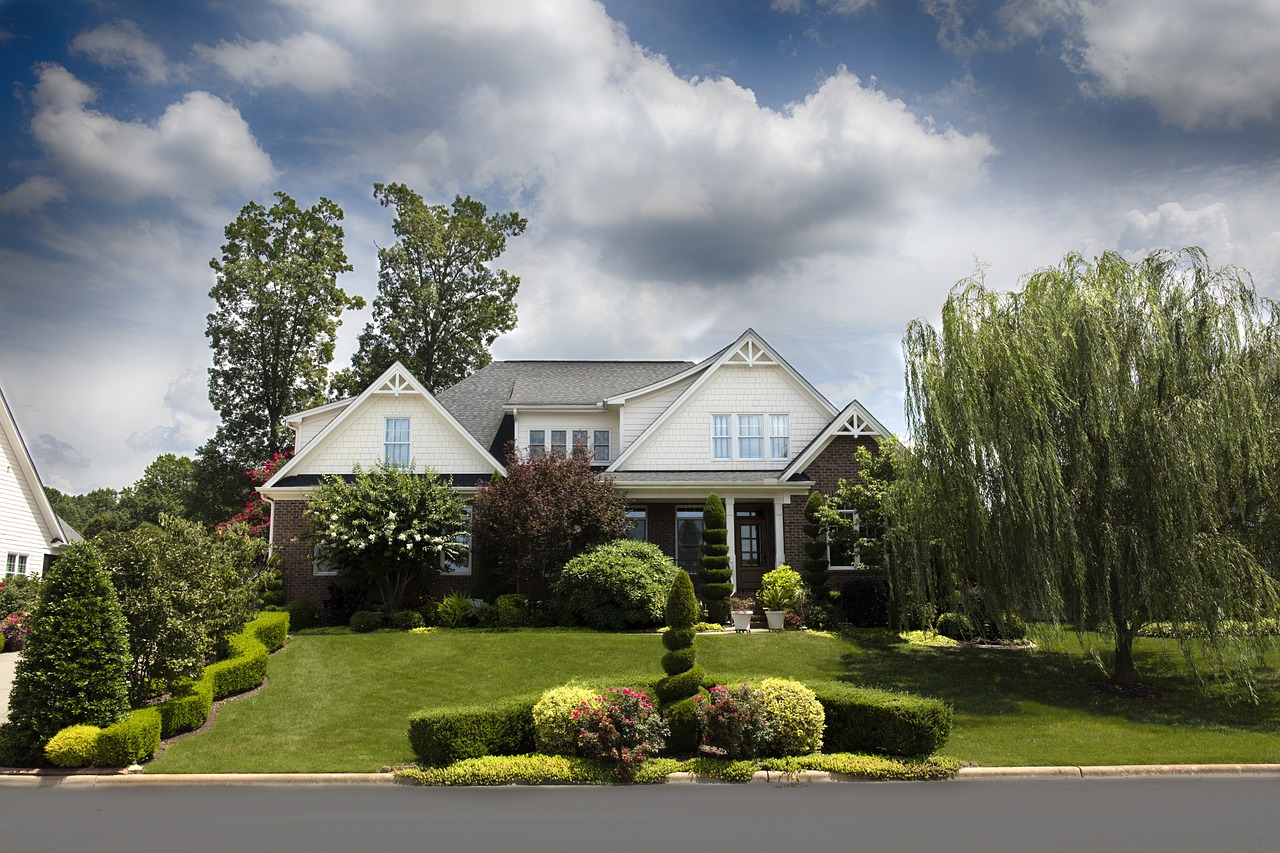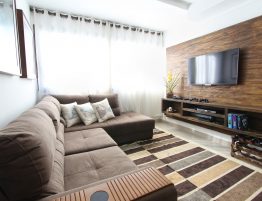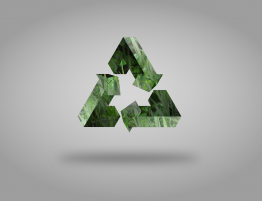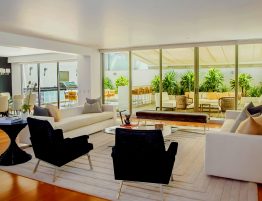
In our climate, air conditioning is a must, and our A/C appliances get quite a workout most months of the year. Even the most energy-efficient air conditioner can benefit from some outside help. And in this case, outside can help a lot—in the form of some carefully planned landscaping.
Four property characteristics have the greatest impact on your exterior—and by transfer, interior—climate. By managing these dimensions, you can lower the temperature of your home’s immediate environment, reducing the load on your air conditioning system, and saving you money on your utility bills.
Sun and Shade
When you’re enjoying the outdoors but have had enough sun, you head for the shade, whether a tree, an umbrella, a tent, or any other shelter. It can be as much as 6° cooler in the shade, so you can imagine how that can give your A/C a break. And in addition to shading your home, be sure to shade the outside air conditioner condenser unit (avoiding foliage that will cause a lot of debris that could obstruct or damage the blades).
- Strategically grouped trees have greater cooling ability than scattered (and isolated) trees. The benefits can mean up to 25% energy savings. Position and prune trees to allow low angle sunlight to pass through for a winter warming boost.
- In addition to trees, vines or arbors are other great shading options.
Wind
Some regions need to shelter from hot winds, but in our more humid climate, directing cooling breezes toward your home can be an additional effective cool strategy. Use trees, shrubs, or even fences to focus ocean-driven breezes to take some load off your climate control system.
Humidity
To create a comfortable indoor climate, air conditioners don’t merely “cool” the air (or rather, remove the heat), but they also reduce the humidity in the air. The end result is that dehumidified air feels colder than air that retains the original moisture level. This is particularly noticeable in our region because of the high humidity levels that come with being in the southeast, plus being on the ocean.
The most beneficial landscaping decision when it comes to the matter of humidity is to keep planting beds and foliage that require a lot of water away from the house. The added moisture in these situations, plus the evaporation that would happen and add additional humidity, can increase the temperature around the house and make your A/C work harder to dehumidify ambient air.
Absorption and Reflection
Grass and other groundcovers close to the house can dramatically reduce heat when compared to hard surfaces. Dark surfaces like asphalt absorb and hold heat in, and continue to emit heat even after the sun goes down. Reflective surfaces like concrete, rock, or gravel blast heated air toward the building. By surrounding your home with materials that don’t absorb or reflect, temperatures can drop by 10°-15°!
Give Your Home Shelter
It’s easy to retreat indoors from the heat of day. Since your house can do the same, shelter your home with some strategic landscaping. You’ll be more comfortable, save money on energy, and keep your air conditioner running more smoothly for the long haul.







